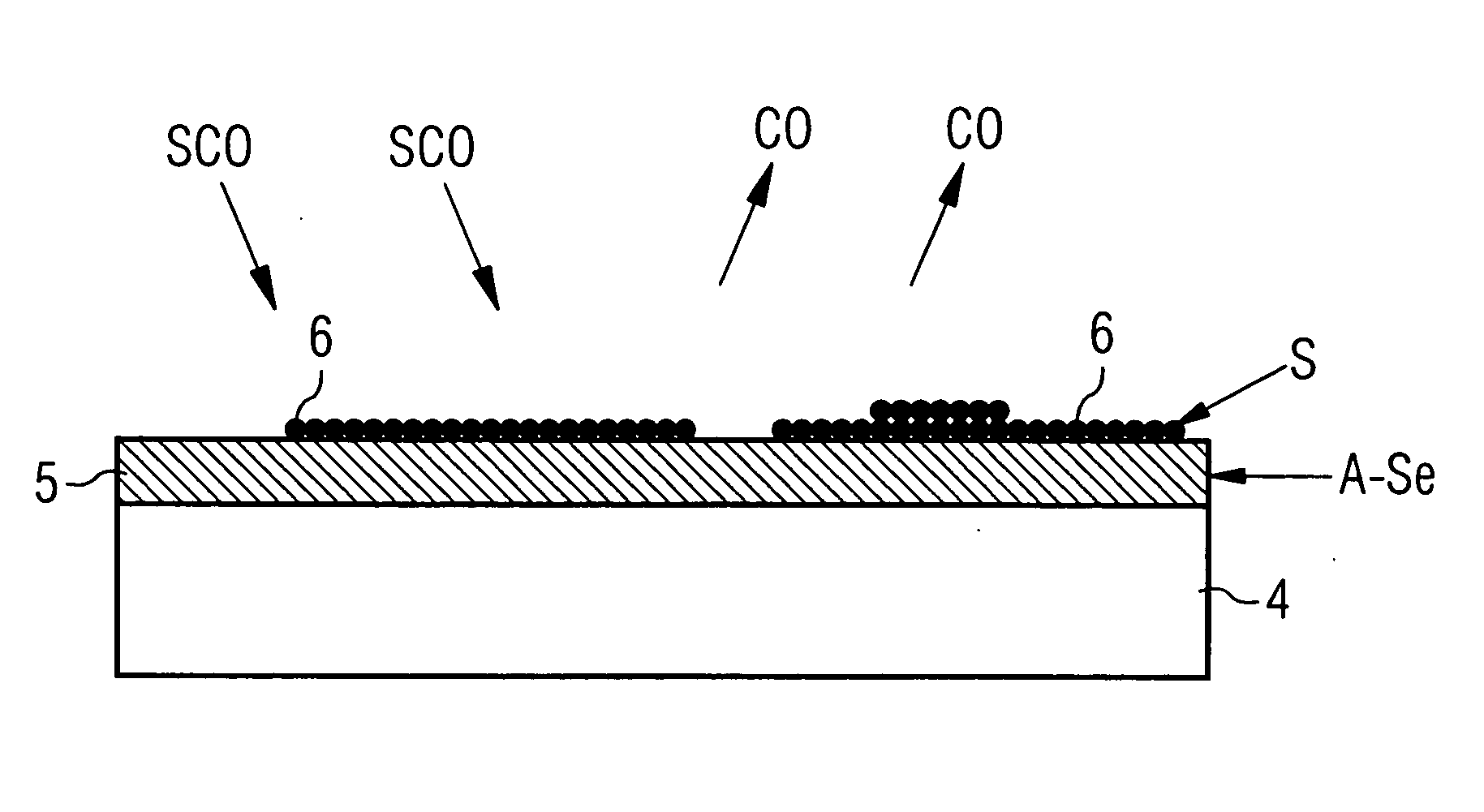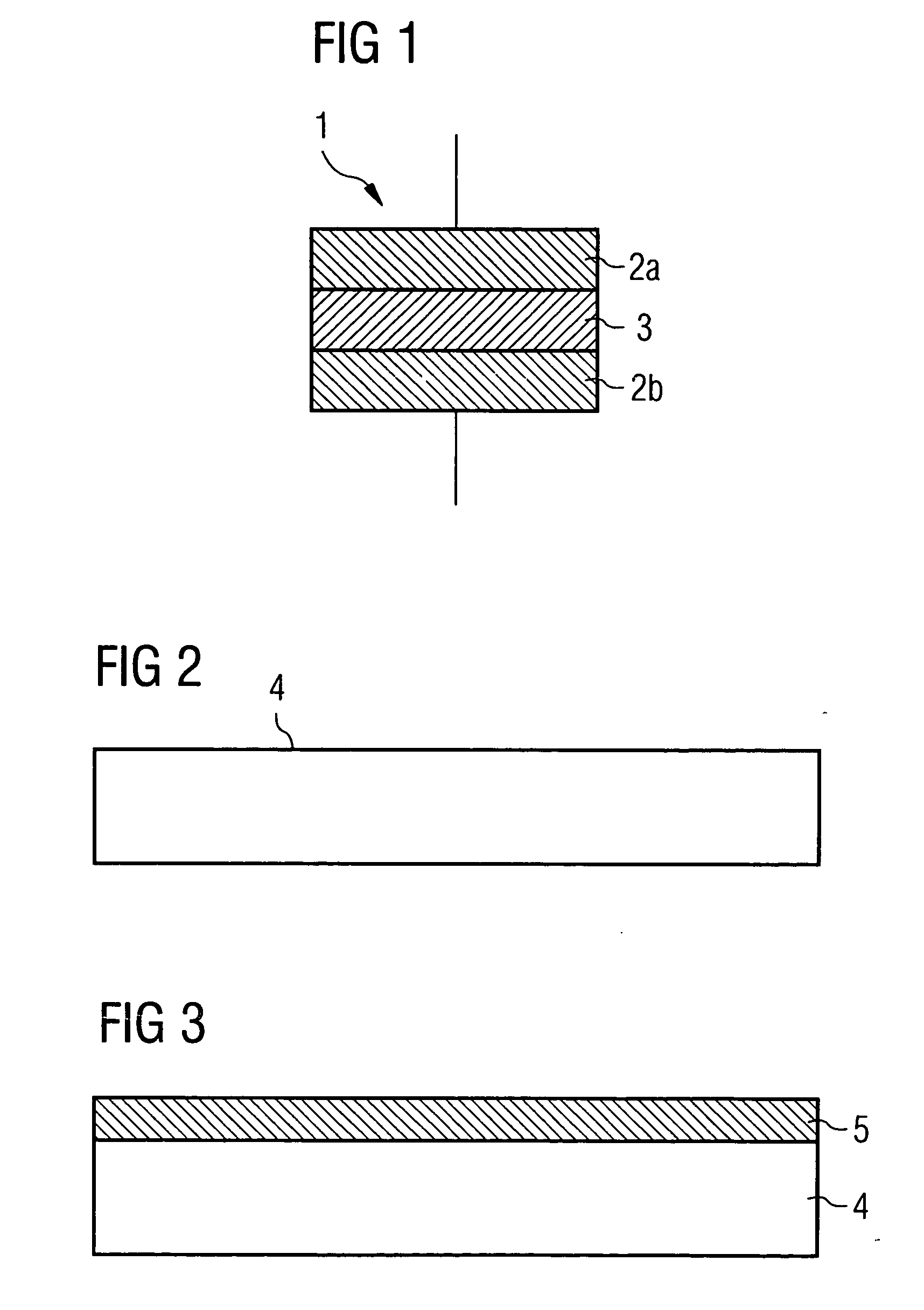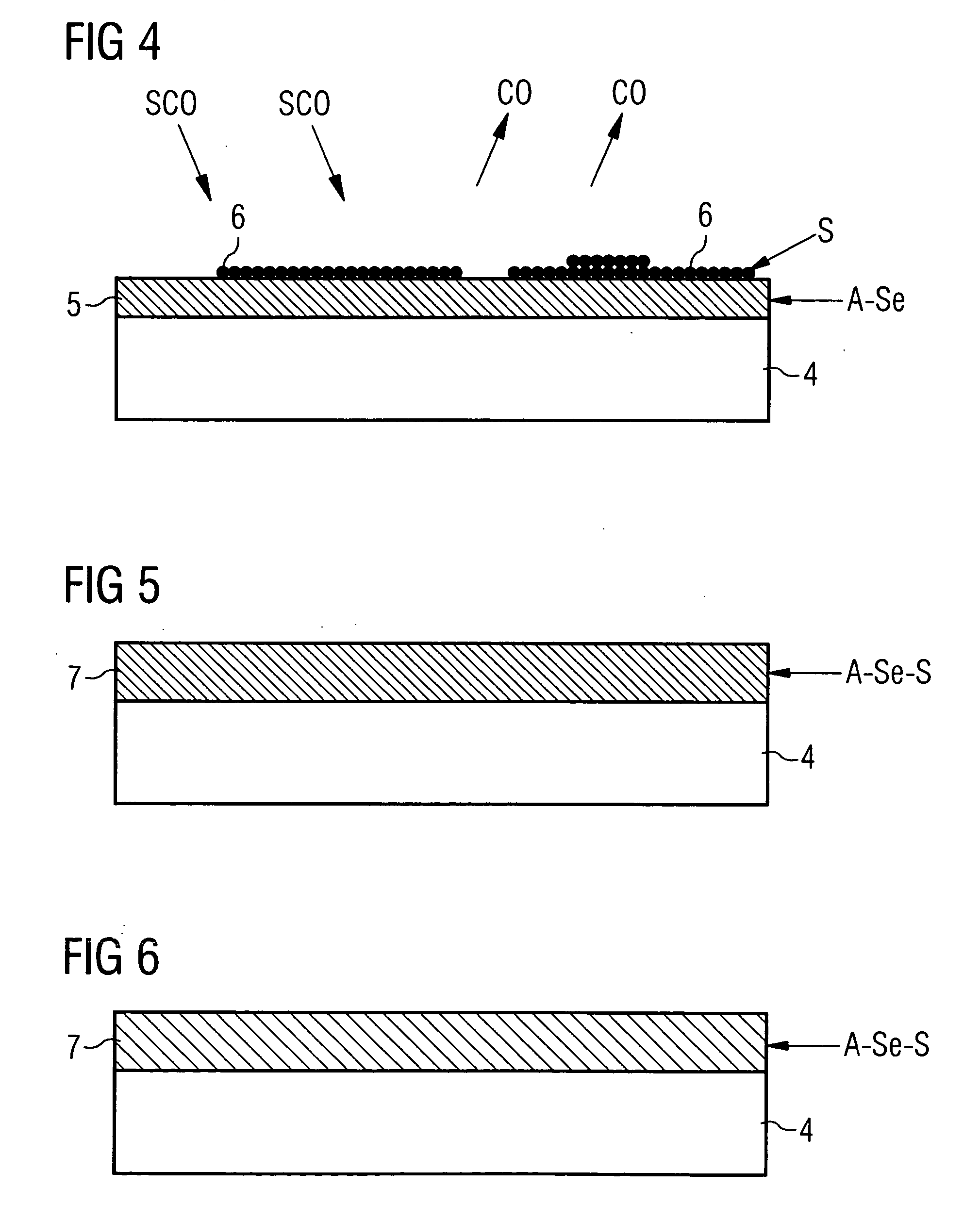Method for manufacturing an electrolyte material layer in semiconductor memory devices
- Summary
- Abstract
- Description
- Claims
- Application Information
AI Technical Summary
Benefits of technology
Problems solved by technology
Method used
Image
Examples
Embodiment Construction
[0053]FIG. 1 is a schematic representation of a section through a resistively switching memory cell according to prior art. It comprises two corresponding metal electrodes 2a, 2b (i.e., one anode and one cathode), between which a corresponding, electrochemical “electrolyte” material layer 3 comprising a chalcogenide compound is positioned which is adapted to be set, by appropriate switching processes, in a more or less conductive state.
[0054] For programming the resistively switching memory cell 1 (depending on whether a logic “One” or a logic “Zero” is to be written into the memory cell 1), appropriate current pulses are applied to the electrodes 2a, 2b and electrochemical reactions in the electrolyte chalcogenide material layer 3 are caused by the pulses, which result in a conductive state or a non-conductive state of the cell 1. Due to the resistive switching mechanism, a metallic connection / clusters between electrodes 2a, 2b is either built up, or dissolved depending on whether...
PUM
 Login to View More
Login to View More Abstract
Description
Claims
Application Information
 Login to View More
Login to View More - R&D
- Intellectual Property
- Life Sciences
- Materials
- Tech Scout
- Unparalleled Data Quality
- Higher Quality Content
- 60% Fewer Hallucinations
Browse by: Latest US Patents, China's latest patents, Technical Efficacy Thesaurus, Application Domain, Technology Topic, Popular Technical Reports.
© 2025 PatSnap. All rights reserved.Legal|Privacy policy|Modern Slavery Act Transparency Statement|Sitemap|About US| Contact US: help@patsnap.com



